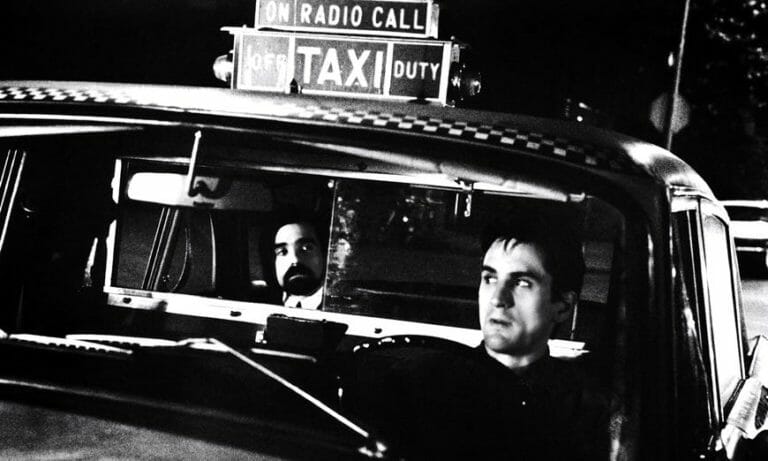By Eric Owusu · February 20, 2015

New York City. Los Angeles. Hong Kong. These are a few of the recognizable settings writers love to set their screenplays in. Audiences love these sweeping settings that can be so distinguished and full of identifiers that they sometimes become characters of the screenplay themselves.
If you plan on writing a screenplay set in a larger-than-life city, keep a few of these tips in mind:
Refer To The City By Name
In Paul Schrader’s screenplay for Taxi Driver, “New York” appears several times in the slug lines and dialogue. It is named and described early on by its dark nightlife and shady characters. The city has as many describable features as Travis, the main protagonist, does.
1988’s Coming To America has the lead character Prince Akeem not only refer to New York City by name before he gets there, but he also names the specific places in New York he wants to go to by borough. Dropping the name of the grand city of your choosing in your screenplay establishes it to the audience, gets them thinking about and expectant of it, and makes it a real and defined part of the screenplay.
Have Your Protagonist Be Bound To It (Taxi Driver)
In Taxi Driver, Travis judges the various types of people he sees, but is as dark and insufferable as they and the city are. He has a love/hate relationship with the city and thus cannot leave it. Spider-Man, in all of his film iterations, is bound to his version of New York City by his family, his job at the Daily Bugle, and his love of the skyscrapers that allow him to swing through the city. The city is an integral part of his existence there.
Prince Akeem is bound to New York in his search for a queen when he sees that one of its boroughs is literally called “Queens.” Give your protagonist reasons to be in and stay in the city you choose for your setting. The city can add stakes to their goals and reasons as to why they don’t pursue them elsewhere.
Include Characters From The City You Choose
In Coming To America, there are several characters that are silly renditions of people from New York City. Argumentative barbers, loud reverends, hustlers, finicky wealthy people and normal residents who are just there living in the only place they’ve known. They add authenticity to the depiction of Queens, NY, where Prince Akeem is looking for his wife.
The Coen Brothers’ Fargo includes several examples of people who speak with midwestern accents. The plot takes place all over the Midwest, but is primarily set in Fargo, North Dakota. That setting is an interesting one. It’s cold and snowy, but many of the Midwesterners, including police chief Marge Gunderson speak with friendly and amicable Midwestern accents. We are drawn in and made to feel like we are in the cold Midwest by the characters that are specific to the region. In writing your screenplay that is set in a distinguishable city or place, the inclusion of characters who speak, act and have aspects derivative of your setting will add a lot more authenticity to your setting and a layer of familiarity for audience members who know people from that city.
Have fun with your screenplay. If you’re not super familiar with the place you’d like to set your story in, research. Maybe even visit and experience it firsthand. When you’re plotting it out and writing the screenplay, try including specific descriptors and aspects of your city; things only found there. For example, include the pyramids of Giza in Egypt or the Mexican pyramids in Teotihuacan. And if you can, try to keep your characters contained in the iconic setting for most, if not all, of the screenplay. Taxi Driver takes place entirely in New York City and doesn’t take away from its gravitas. Coming To America takes place mostly in NYC and starts and ends in the fictitious Zamunda. Whatever you decide, have a good time writing your iconic setting and getting lost in it. And feel free to send me a postcard.